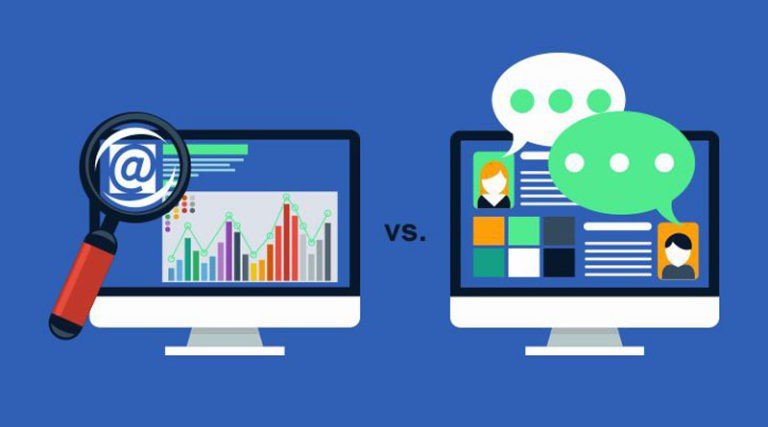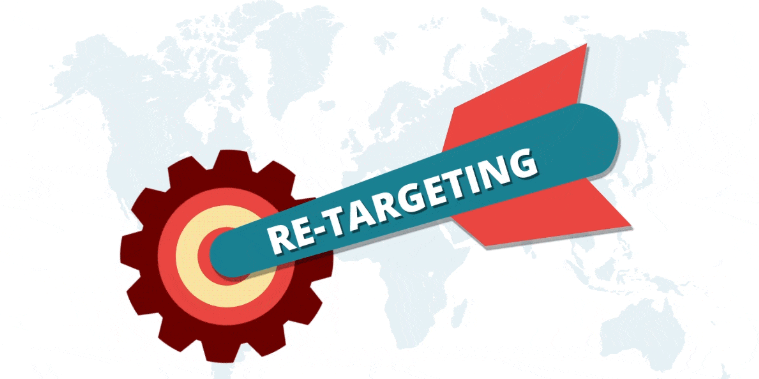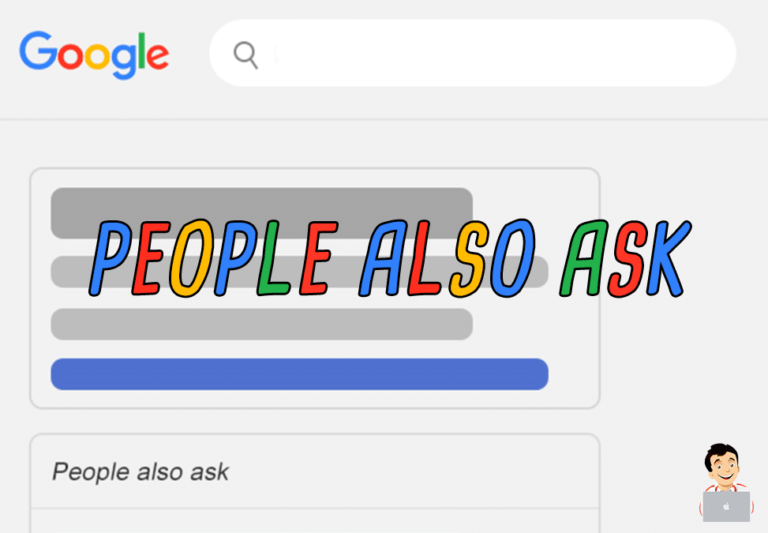How to Develop a Content Marketing Strategy – Easy Steps
In today’s digital landscape, content marketing is a crucial element of any successful business strategy. Creating and sharing valuable content allows businesses to attract and engage their target audience, build brand awareness, and drive profitable customer actions. However, the key to unlocking these benefits lies in having a well-structured content marketing strategy. This strategy serves as a roadmap, guiding your efforts and ensuring that every piece of content aligns with your business goals.
A solid content marketing strategy helps you plan, execute, and measure your content efforts effectively. It ensures consistency, maximizes impact, and allows you to adapt to changing market dynamics.
In this article, we’ll walk you through the easy steps on how to develop a content marketing strategy using the principles of Semantic and Holistic SEO, as advocated by Koray Tuğberk GÜBÜR. Get ready to elevate your content game and achieve your business objectives with a strategic approach.

What is a Content Marketing Strategy?
A content marketing strategy is a comprehensive plan that outlines how you will use content to achieve your business goals. It involves understanding your audience, setting clear objectives, creating valuable content, distributing it effectively, and measuring its performance. Essentially, it’s a roadmap that guides all your content efforts, ensuring they are aligned with your overarching business objectives.

At its core, a content marketing strategy helps you answer critical questions such as:
- Who is your target audience?
- What types of content will resonate with them?
- Where will you publish and promote this content?
- When will you post content to maximize engagement?
- Why are you creating this content, and how does it align with your business goals?
By answering these questions, you can create a cohesive plan that drives brand awareness, engages your audience, and converts prospects into customers. A well-defined strategy not only helps in maintaining consistency and quality but also enables you to measure the effectiveness of your efforts and make data-driven adjustments as needed.
A content marketing strategy typically includes:
- Audience Research and Personas: Identifying and understanding your target audience to tailor content to their needs and preferences.
- Content Goals and Objectives: Setting clear, measurable goals that align with your business objectives.
- Content Audit: Evaluating existing content to identify gaps and opportunities for improvement.
- Content Plan: Developing a plan for content creation, including topics, formats, and a content calendar.
- Content Creation and Optimization: Producing high-quality, SEO-friendly content that provides value to your audience.
- Distribution and Promotion: Choosing the right channels and strategies to reach and engage your audience.
- Performance Measurement and Analysis: Tracking key metrics to assess the success of your content and refine your strategy.
Why Do Marketers Need to Create a Content Marketing Strategy?
Creating a content marketing strategy is not just a nice-to-have; it’s a critical component of any successful marketing effort. Here’s why:

1. Provides Direction and Focus
A content marketing strategy offers a clear roadmap for your content efforts. It helps you define your goals, understand your audience, and determine the best ways to reach and engage them. Without a strategy, your content efforts can be scattered and ineffective, leading to wasted resources and missed opportunities.
2. Ensures Consistency and Quality
Consistency is key in content marketing. A well-defined strategy ensures that all your content aligns with your brand’s voice, message, and goals. This consistency helps build trust and credibility with your audience. Additionally, a strategy sets standards for content quality, ensuring that every piece of content you produce provides value to your audience.
3. Maximizes Efficiency and Resources
With a content marketing strategy in place, you can plan and allocate your resources more effectively. This includes everything from budget and tools to team members and time. By having a clear plan, you can avoid redundant efforts and focus on activities that yield the best results.
4. Improves Audience Engagement
Understanding your audience is a cornerstone of any content marketing strategy. By creating content that resonates with your audience’s needs, interests, and pain points, you can foster deeper engagement and build stronger relationships. This targeted approach leads to higher levels of interaction, loyalty, and ultimately, conversions.
5. Enhances SEO and Visibility
A strategic approach to content marketing includes optimizing your content for search engines. By incorporating SEO best practices, you can improve your website’s visibility and attract more organic traffic. Semantic and holistic SEO techniques, as advocated by Koray Tuğberk GÜBÜR, ensure that your content is not only relevant but also comprehensive, increasing your chances of ranking higher in search results.
6. Facilitates Performance Measurement
A content marketing strategy includes setting specific, measurable goals and KPIs. This allows you to track the performance of your content efforts and understand what’s working and what’s not. By analyzing these metrics, you can make data-driven decisions to refine and improve your strategy over time.
7. Supports Business Goals
Ultimately, a content marketing strategy ensures that your content efforts are aligned with your broader business objectives. Whether your goal is to increase brand awareness, generate leads, or drive sales, a strategic approach helps you achieve these goals more effectively. By linking your content marketing activities to your business goals, you can demonstrate the value of your efforts and secure buy-in from stakeholders.
In summary, a content marketing strategy is essential for providing direction, ensuring consistency, maximizing resources, engaging your audience, enhancing SEO, measuring performance, and supporting business goals. By taking the time to develop a comprehensive strategy, marketers can unlock the full potential of their content efforts and drive meaningful results for their business.
10 Steps to Creating an Effective Content Marketing Plan
Developing an effective content marketing strategy requires a systematic approach. By following a series of well-defined steps, you can ensure that your content efforts are aligned with your business goals, resonate with your target audience, and achieve measurable results. These steps guide you through the process of understanding your audience, setting clear objectives, planning and creating high-quality content, distributing it effectively, and continuously measuring and refining your strategy.
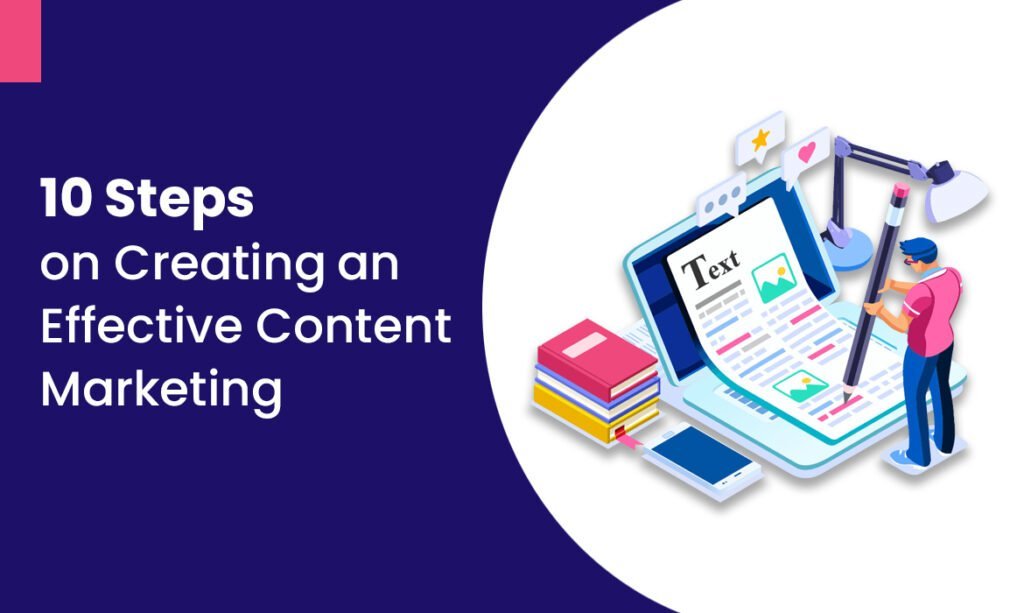
In the next sections, we will break down these steps in detail, providing you with a comprehensive guide to building a robust content marketing plan that drives success.
1. Set Goals & KPIs
How to set clear goals and key performance indicators for your content strategy.
Start by defining what you want to achieve with your content marketing. Common goals include increasing brand awareness, generating leads, boosting website traffic, or driving sales. Once you have your goals, establish Key Performance Indicators (KPIs) to measure your progress. KPIs could be metrics like website visits, social media engagement, lead conversions, or sales figures. Setting clear, measurable goals and KPIs provides direction and helps you track your success.
2. Decide on Target Audiences
Identifying and understanding your target audience.
To create content that resonates, you need to know who you’re talking to. Identify your target audience by creating detailed buyer personas. These personas should include demographic information (age, gender, location), interests, behaviors, and pain points. Understanding your audience helps you tailor your content to meet their needs and preferences, making it more effective.
3. Audit Your Current Content
Conducting a content audit to assess existing content.
Before creating new content, evaluate what you already have. Conduct a content audit by reviewing all your existing content to see what’s performing well and what isn’t. Identify content that can be updated, repurposed, or removed. This process helps you understand gaps in your content and provides a foundation for future content creation.
4. Identify the Best Content Channels
Determining the most effective channels for content distribution.
Not all content performs well on all platforms. Identify where your audience spends their time and prefers to consume content. Common channels include social media platforms (Facebook, Instagram, LinkedIn), blogs, email newsletters, and video platforms (YouTube). Choose the channels that align best with your audience’s habits and your business goals.
5. Decide on Content Types
Choosing the types of content that will resonate with your audience.
Content comes in many forms: blog posts, infographics, videos, podcasts, eBooks, and more. Decide on the types of content that will best engage your audience. Consider their preferences and the nature of your message. For example, instructional content might be best delivered through videos or detailed blog posts, while quick tips might work well as social media posts.
6. Determine Budget, Tools & Resources
Allocating budget and selecting tools and resources for content creation and management.
Creating and managing content requires resources. Determine your budget for content creation, including costs for writers, designers, and video producers if needed. Identify the tools you’ll need, such as content management systems (like WordPress), graphic design tools (like Canva), SEO tools (like Ahrefs), and social media management tools (like Hootsuite). Allocate your resources to ensure you can produce and manage high-quality content consistently.
7. Create a Content Calendar
Developing a content calendar to plan and schedule content.
A content calendar helps you organize and schedule your content. Plan your content around key dates, events, and business milestones. This calendar should outline what content will be published, when, and on which channels. A well-planned calendar ensures consistency, helps you stay organized, and allows you to manage your content production efficiently.
8. Create Content
Best practices for creating high-quality content.
Now it’s time to create your content. Focus on producing high-quality, valuable content that addresses your audience’s needs and interests. Ensure your content is well-researched, engaging, and SEO-friendly. Use clear headlines, subheadings, and visuals to enhance readability. Consistently delivering valuable content helps build trust and authority with your audience.
9. Publish & Promote
Strategies for publishing and promoting your content.
Publishing your content is just the first step; promoting it effectively is crucial. Share your content across your chosen channels, including social media, email newsletters, and your website. Use SEO techniques to improve visibility in search engines. Engage with your audience by responding to comments and encouraging shares. Promotion ensures your content reaches a wider audience and maximizes its impact.
10. Measure Results
Tracking and measuring the performance of your content.
Finally, measure the performance of your content against the goals and KPIs you set in step 1. Use tools like Google Analytics, social media insights, and email marketing analytics to track metrics such as website traffic, engagement, conversions, and ROI. Analyzing these results helps you understand what’s working and what needs improvement. Use this data to refine your strategy and make informed decisions for future content.
Plan Your Content Marketing Strategy
Planning your content marketing strategy is a critical step to ensure your efforts are focused, efficient, and effective. Here are some practical tips and advice to help you get started:
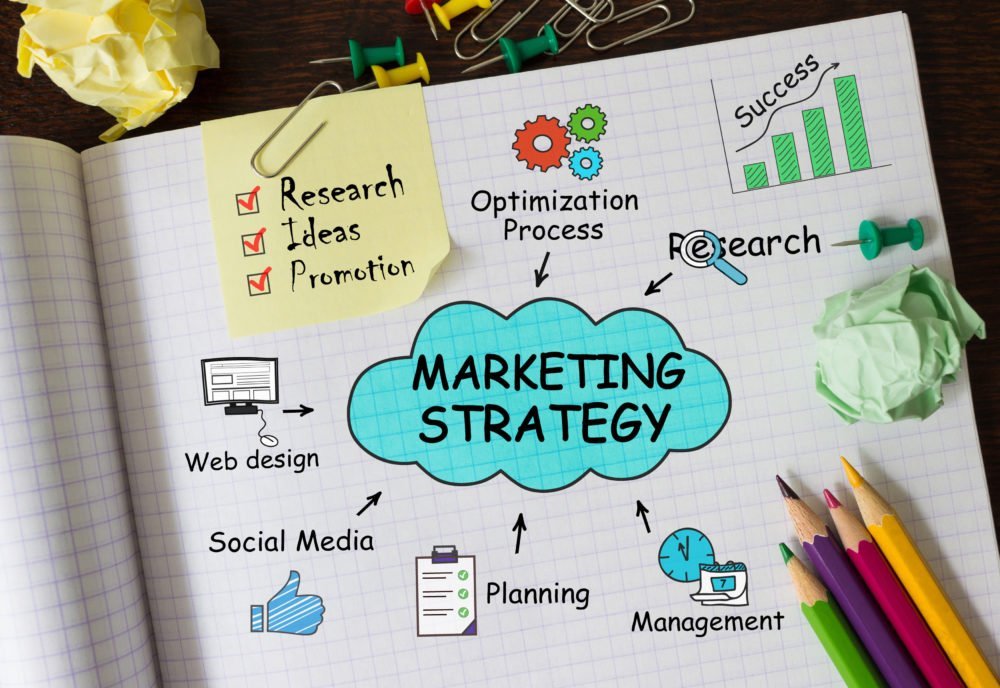
1. Start with a Clear Vision
Begin by defining the vision for your content marketing. Understand what you want to achieve and how content will help you reach your business goals. A clear vision will guide all your strategic decisions and keep your team aligned.
2. Research Your Audience Thoroughly
Conduct in-depth research to understand your target audience’s needs, preferences, and behaviors. Use surveys, social media insights, and analytics tools to gather data. The better you know your audience, the more effective your content will be.
3. Set SMART Goals
Ensure your goals are Specific, Measurable, Achievable, Relevant, and Time-bound (SMART). For example, instead of a vague goal like “increase traffic,” set a specific goal like “increase website traffic by 25% in six months.”
4. Perform a Content Audit
Evaluate your existing content to identify what works and what doesn’t. Look for content gaps and opportunities to improve or repurpose old content. This audit will inform your future content creation efforts.
5. Develop a Content Calendar
Create a content calendar to plan and schedule your content. This will help you maintain consistency and stay organized. Include important dates, themes, and deadlines to ensure a steady flow of content.
6. Focus on Quality over Quantity
Prioritize creating high-quality content that provides real value to your audience. It’s better to publish fewer, more impactful pieces than to churn out a high volume of mediocre content.
7. Utilize SEO Best Practices
Incorporate SEO techniques to improve your content’s visibility in search engines. Use relevant keywords, optimize meta tags, and ensure your content is structured for readability and engagement.
8. Promote Your Content Strategically
Don’t just publish content—promote it actively. Share your content across social media platforms, email newsletters, and other relevant channels. Collaborate with influencers and industry partners to extend your reach.
9. Engage with Your Audience
Encourage interaction with your content by asking questions, responding to comments, and fostering community discussions. Engagement helps build relationships and increases the impact of your content.
10. Continuously Measure and Refine
Regularly review your content performance using analytics tools. Track key metrics and make data-driven adjustments to your strategy. Continuous improvement is key to long-term success.
Try Hootsuite Free with a 30-Day Trial
To streamline your content marketing planning and execution, consider using [Tool Name]. This powerful tool offers features such as audience insights, content scheduling, SEO optimization, and performance analytics—all in one place. Start with a free 30-day trial and see how [Tool Name] can help you create a more effective and efficient content marketing strategy.



